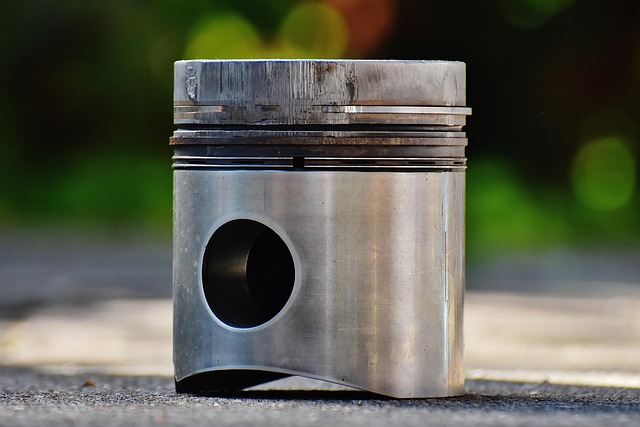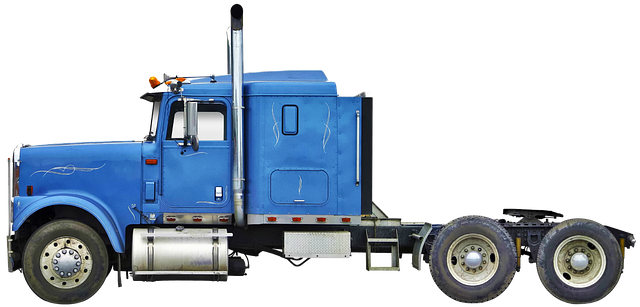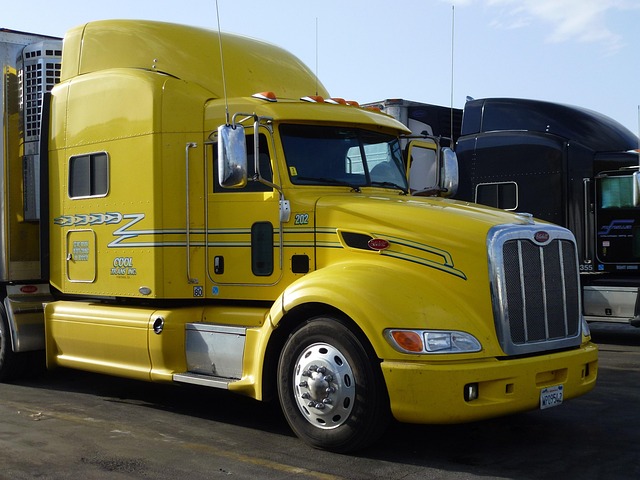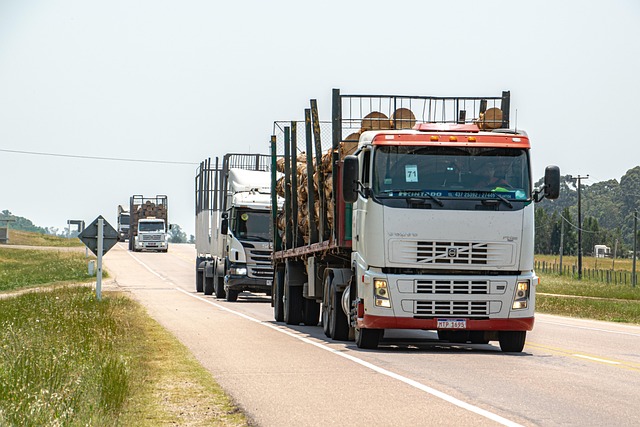Looking to register your car in California? This comprehensive guide walks you through every step, from understanding key requirements to securing your license plate. Discover the essential documents needed for a seamless DMV visit, including a detailed process for DMV VIN verification. By following these clear instructions, you’ll efficiently navigate the car registration process in California.
- Understand California Car Registration Requirements
- Gather Necessary Documents for DMV Visit
- Perform Vehicle Identification Number (VIN) Verification
- Complete Application and Pay Fees at DMV
- Register Your Vehicle and Obtain License Plate
Understand California Car Registration Requirements

Before registering your car in California, it’s crucial to understand the state’s specific requirements. The California Department of Motor Vehicles (DMV) mandates that all vehicles operated within the state be properly registered and inspected. This process involves a thorough inspection, including a Vehicle Identification Number (VIN) verification, to ensure the vehicle meets safety and environmental standards.
One key step is obtaining a mobile VIN verifier or conducting a mobile VIN inspection, which allows you to verify your car’s history remotely. This technology ensures that your vehicle isn’t stolen, has no outstanding recalls, and meets California’s emissions standards. By completing these initial checks, you’ll streamline the registration process at the DMV, making it faster and more convenient for both new and existing California residents.
Gather Necessary Documents for DMV Visit

Before heading to the DMV, it’s essential to gather all necessary documents for a smooth car registration process. This includes your vehicle’s registration certificate from the previous state (if applicable), proof of insurance, and valid identification such as a driver’s license or passport. Additionally, you’ll need to undergo a DMV VIN verification process, which involves providing the unique Vehicle Identification Number (VIN) of your car. Ensure this number matches the details in your documents precisely.
For a more convenient approach, consider utilizing mobile vin inspection or mobile vin verifier services that can perform this vin verification at your location. This saves you time and effort, especially if you’re unfamiliar with the DMV process. Having these documents and verifications ready will significantly streamline the car registration procedure in California.
Perform Vehicle Identification Number (VIN) Verification

Before registering your car in California, it’s crucial to perform a Vehicle Identification Number (VIN) verification. This process ensures that the vehicle matches the information on its title and helps prevent theft and fraud. You can complete this step by taking your car to a certified DMV location or utilizing a mobile vin inspection service for added convenience. A mobile vin verifier can provide an efficient and accurate check, allowing you to focus on other registration aspects.
The VIN verification process involves scanning the unique 17-character VIN number, which is typically found on the vehicle’s driver-side door frame or under the hood. This data is cross-referenced with state records to confirm ownership, identify any outstanding issues, and ensure the car meets safety standards. Once your VIN passes scrutiny, you’ll be one step closer to officially registering your vehicle with the California DMV.
Complete Application and Pay Fees at DMV

To register your car in California, the first step is to complete the necessary application at the Department of Motor Vehicles (DMV) office or online. You’ll need specific documents, including proof of ownership, a valid driver’s license, and possibly other identification. Ensure you have the Vehicle Identification Number (VIN) available for verification purposes—a crucial step in the process. This can be done through a simple and quick mobile vin inspection or vin inspection service, where a qualified inspector checks the VIN accuracy against the vehicle’s components.
Once your application is complete, you’ll be directed to pay the associated fees. These include registration costs and a vehicle smog test, if applicable. After fulfilling all requirements, including the successful dmv vin verification, you can obtain your California registration plates, ensuring your vehicle is legally registered and ready for road use.
Register Your Vehicle and Obtain License Plate

After completing the required paperwork and gathering essential documents, it’s time to register your vehicle with the California Department of Motor Vehicles (DMV). The process involves several steps, but one crucial aspect is ensuring accurate and up-to-date information, especially the Vehicle Identification Number (VIN) verification. This step is vital for both security and compliance purposes. Start by scheduling a mobile vin inspection or performing a self-check to verify that your VIN matches the details in the DMV system.
Once confirmed, head over to your local DMV office with your documents and proof of insurance. An agent will process your registration, which includes entering your vehicle’s information into their system and issuing license plates. Ensure you obtain the appropriate plates for your vehicle type and size. Properly displaying these plates is not just a legal requirement but also serves as a clear indication of your vehicle’s registration status.
Registering a car in California involves understanding state requirements, gathering essential documents, completing a DVW VIN verification, and submitting applications with fees. Once approved, you’ll receive your vehicle registration and license plate, officially making your car road-legal in the Golden State. Remember to stay organized and ensure all details are accurate for a smooth process.
